For all Soldiers, being awarded the Medal of Honor would be the highest honor and privilege they could attain in their military career. First Lieutenant Matthew Batson earned this honor for service during the Philippine Insurrection. On July 26, 1899, he was patrolling the San Juan River in Luzon Province with the 4th U.S. Cavalry when they came under heavy fire from Philippine Aca,!A"InsurrectosAca,!A? entrenched along the banks. With no option to retreating and taking casualties, Lieutenant Batson and Captain Hugh J. McGrath swam across the river to the enemy bank. Eventually joined by up to 35 American Soldiers, they overran the position, surprising the enemy forces and earning themselves a spot in U.S. Army and American history. For most Soldiers, that would have been enough, but Matthew Batson was not satisfied. He wanted to do more.
Matthew Batson entered service in the Regular Army in Carbondale, Illinois, on the 9th of April, 1888, as a private with the 2nd U.S. Cavalry. He was appointed a Second Lieutenant in the African-American 9th U.S. Cavalry Regiment in 1891. Seven years later, he served in Cuba during the Spanish-American War, much of the time as topographer and aide-de-camp at Cavalry Division headquarters. Mapping routes in Cuba was one of his duties. There he had his first experiences with constabulary units raised from the native population to prevent the lawlessness that followed the removal of Spanish garrisons from Cuban towns. His brief contact with these units set the stage for his greatest contribution to military history.
Even before the U.S. Army landed in Cuba, overwhelming victories by the U.S. Navy under Admiral George Dewey in the Philippine Islands reopened a centuries-old problem. Who would rule this complicated archipelago and the numerous tribal communities who continually fought for control of this link to Pacific trade' Philippine guerilla armies under the command of Emilio Aguinaldo, who were initially U.S. allies against the Spanish, quickly became the new enemy after President McKinley authorized the occupation of Manila by U.S. forces in August of 1898 and the retention of the islands in December of that year.
Open insurrection erupted the following February. More troops were sent to the Philippines to deal with it, including the 4th U.S. Cavalry, into which Batson had been promoted to First Lieutenant. The first half of the year saw the U.S. ArmyAca,!a,,cs VIII Corps under the leadership of Major General Elwell Otis achieve victory after victory against the Philippine Aca,!A"InsurrectosAca,!A? in Luzon Province. His successes, however, were plagued by constant guerilla resistance, heavy jungle monsoons, and not enough soldiers to hold the territory they had taken while continuing the American advance into the interior of Luzon. It was during this fighting that Lieutenant Matthew Batson earned the Medal of Honor. Yet he knew that more needed to be done to win the war. Two months later, he proposed to 1st Division commander Major General Henry Lawton the concept of forming a company of infantry from a Philippine tribal community that had originally been loyal to Spain, the Macabebes. Initially, senior leadership considered the proposal very risky. But as the conflict turned from conventional battlefield tactics to a war against insurgent forces in late 1899, BatsonAca,!a,,cs concept was approved. On September 10, 1899, the first 100-man company of Macabebe Scouts was formed.
Matthew BatsonAca,!a,,cs Aca,!A"crazy ideaAca,!A? met with great success. The Macabebes quickly gained reputations as rugged, loyal fighters and achieved numerous victories over guerilla forces on the Aca,!A"bancoAca,!A? raids along LuzonAca,!a,,cs numerous rivers. Within weeks of their first missions, General Otis ordered two more companies to be formed. Batson immediately took command of this battalion and was promoted to Major of Volunteers in April of 1900 The MacabebesAca,!a,,c most publicly recognized success was the capture of Emilio Aguinaldo himself in Palanan, Isabella Province, March 23, 1901.
Unfortunately, Batson himself was not able to reap benefits from the success of his Macabebes. On November 19, 1899, while leading a raid in northern Luzon, he was shot through the foot. The wound nearly cost him his leg, but eventually he returned to service, received the Regular-Army rank of Captain in 1901, and retired in 1902. Also in 1902, he was awarded the Medal of Honor, but his mark had already been left on the history of the U.S. Army.
ABOUT THIS STORY: Many of the sources presented in this article are among 400,000 books, 1.7 million photos and 12.5 million manuscripts available for study through the U.S. Army Military History Institute (MHI). The artifacts shown are among nearly 50,000 items of the Army Heritage Museum (AHM) collections. MHI and AHM are part of the: Army Heritage and Education Center, 950 Soldiers Drive, Carlisle, PA, 17013-5021.
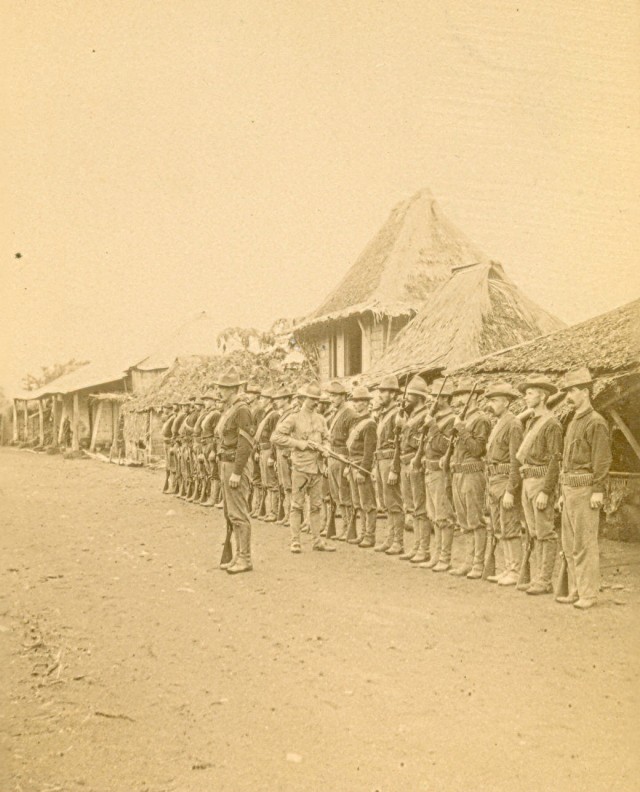
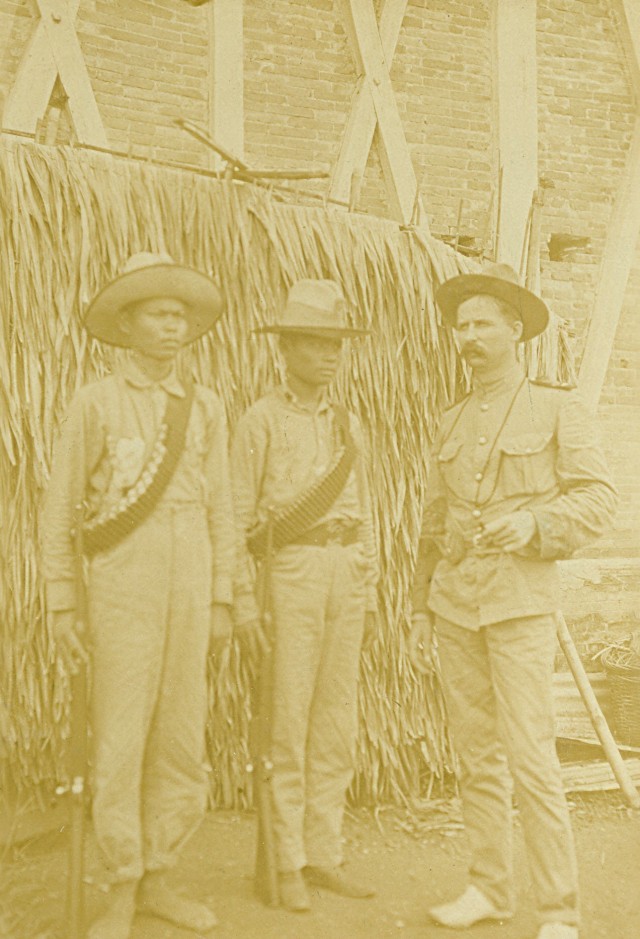
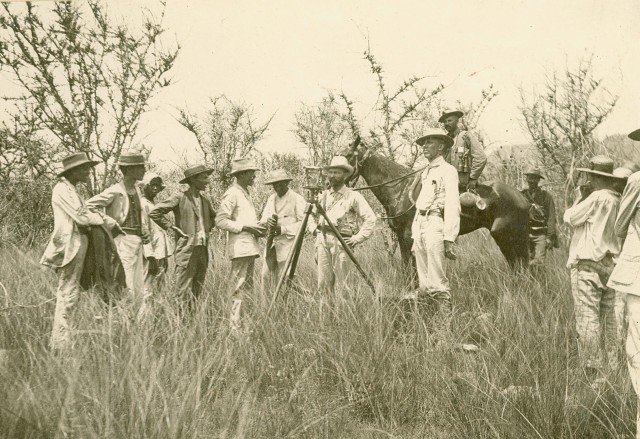
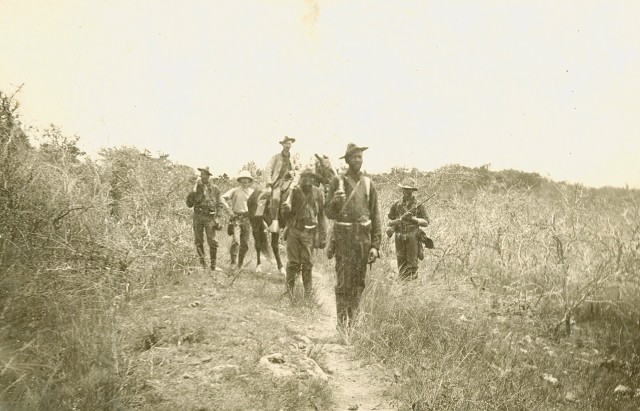
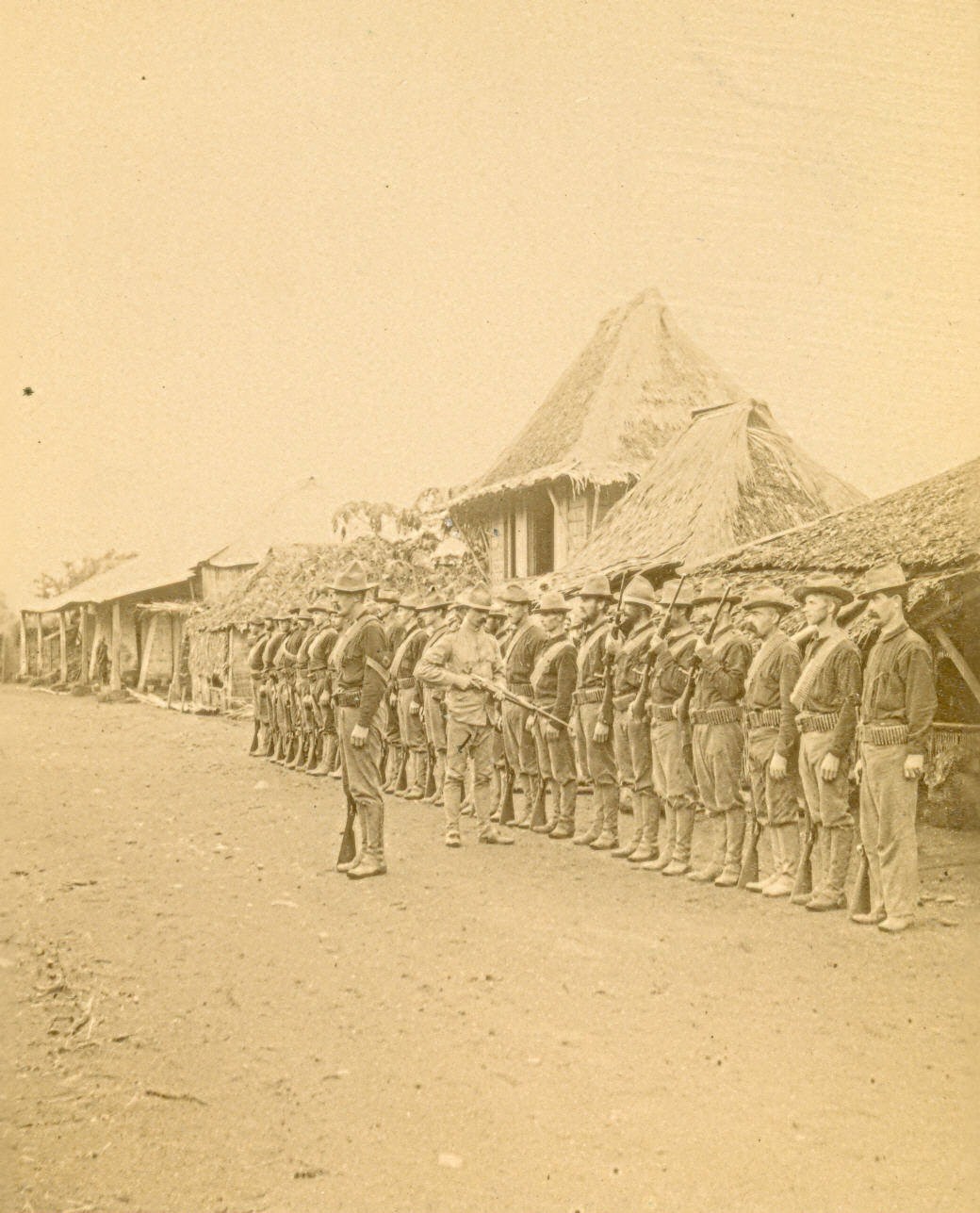
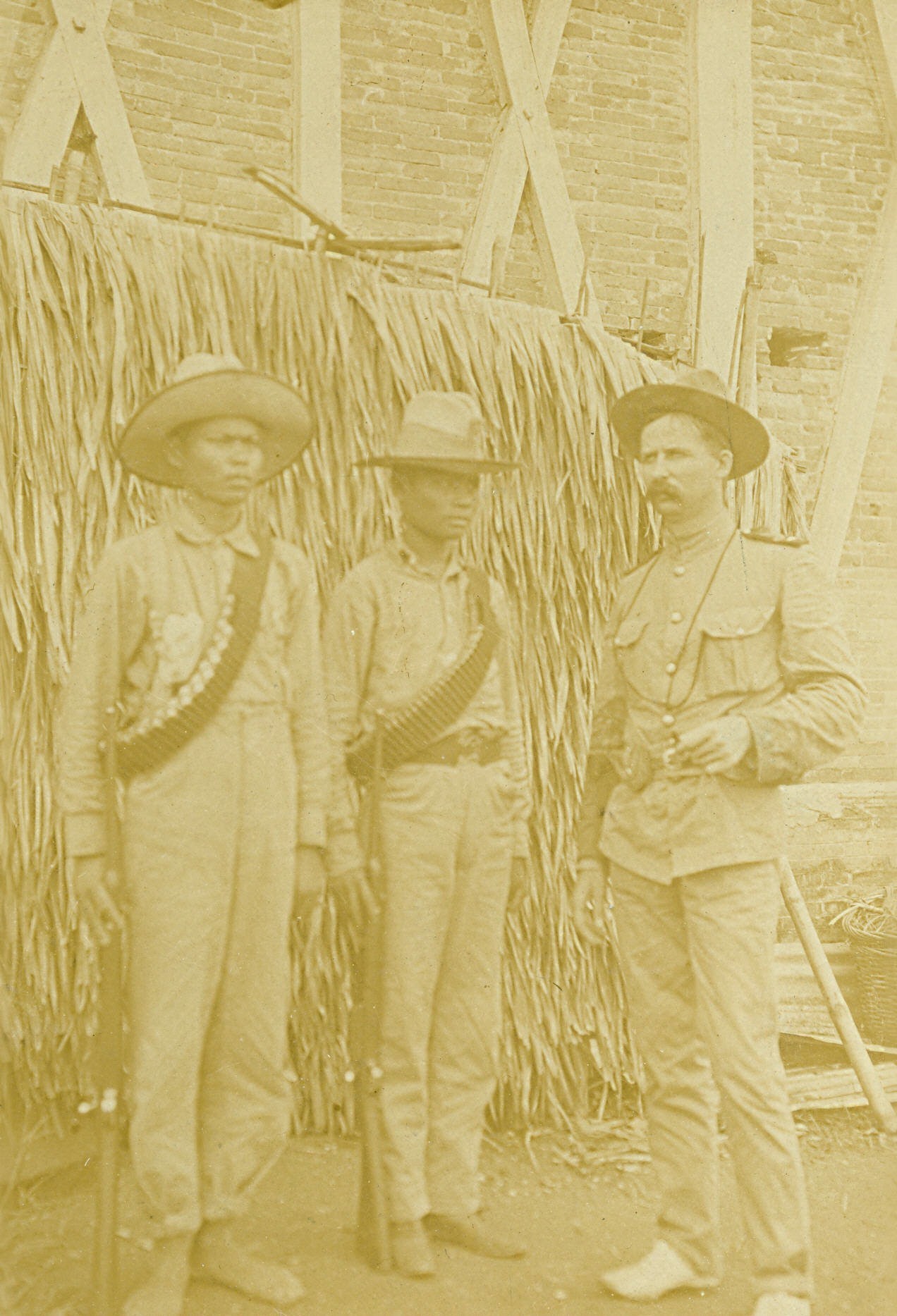

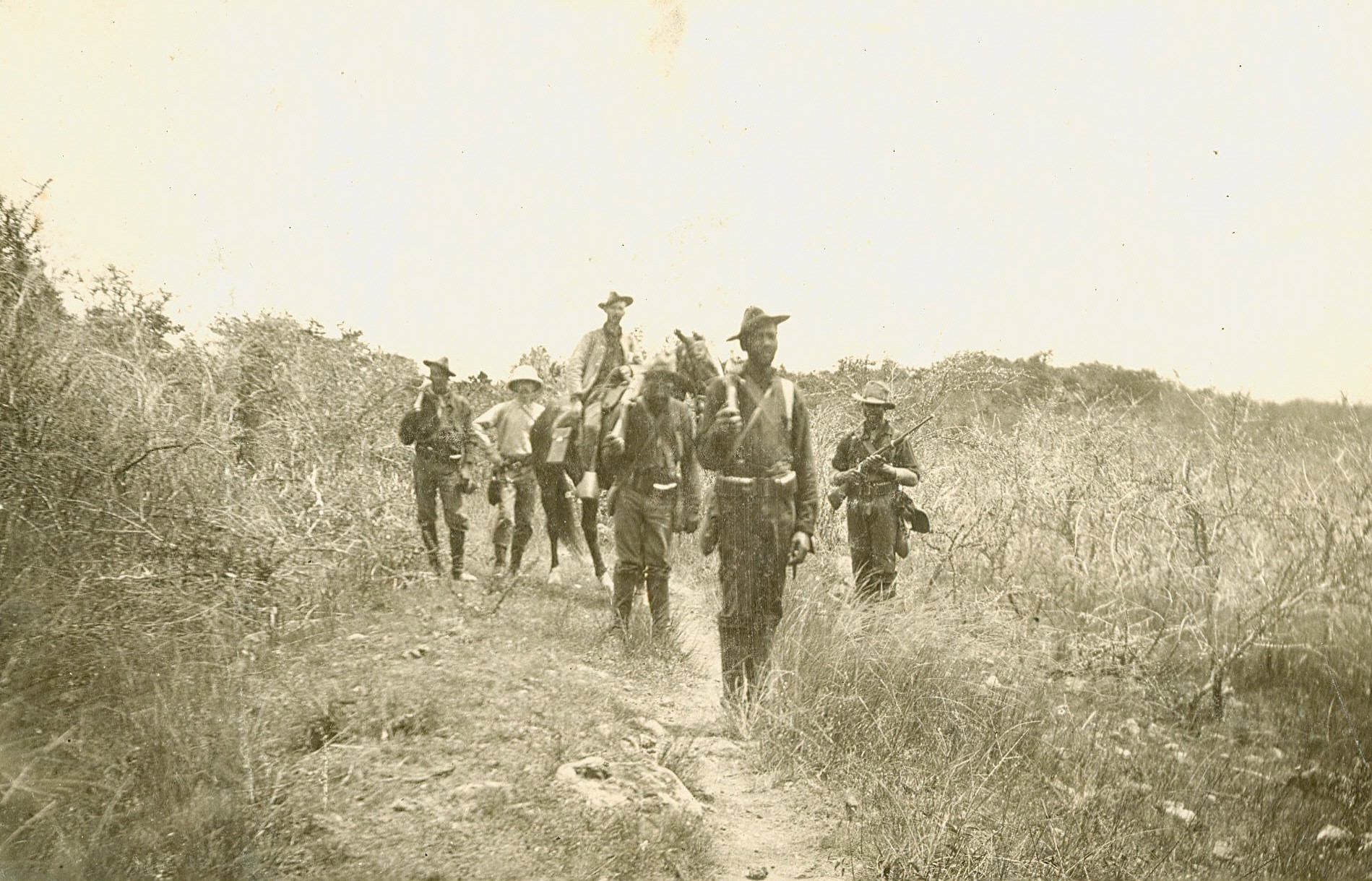
Social Sharing